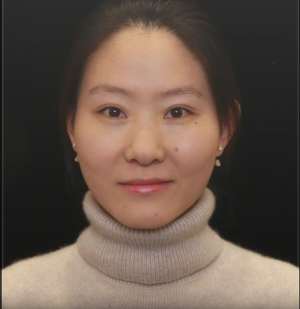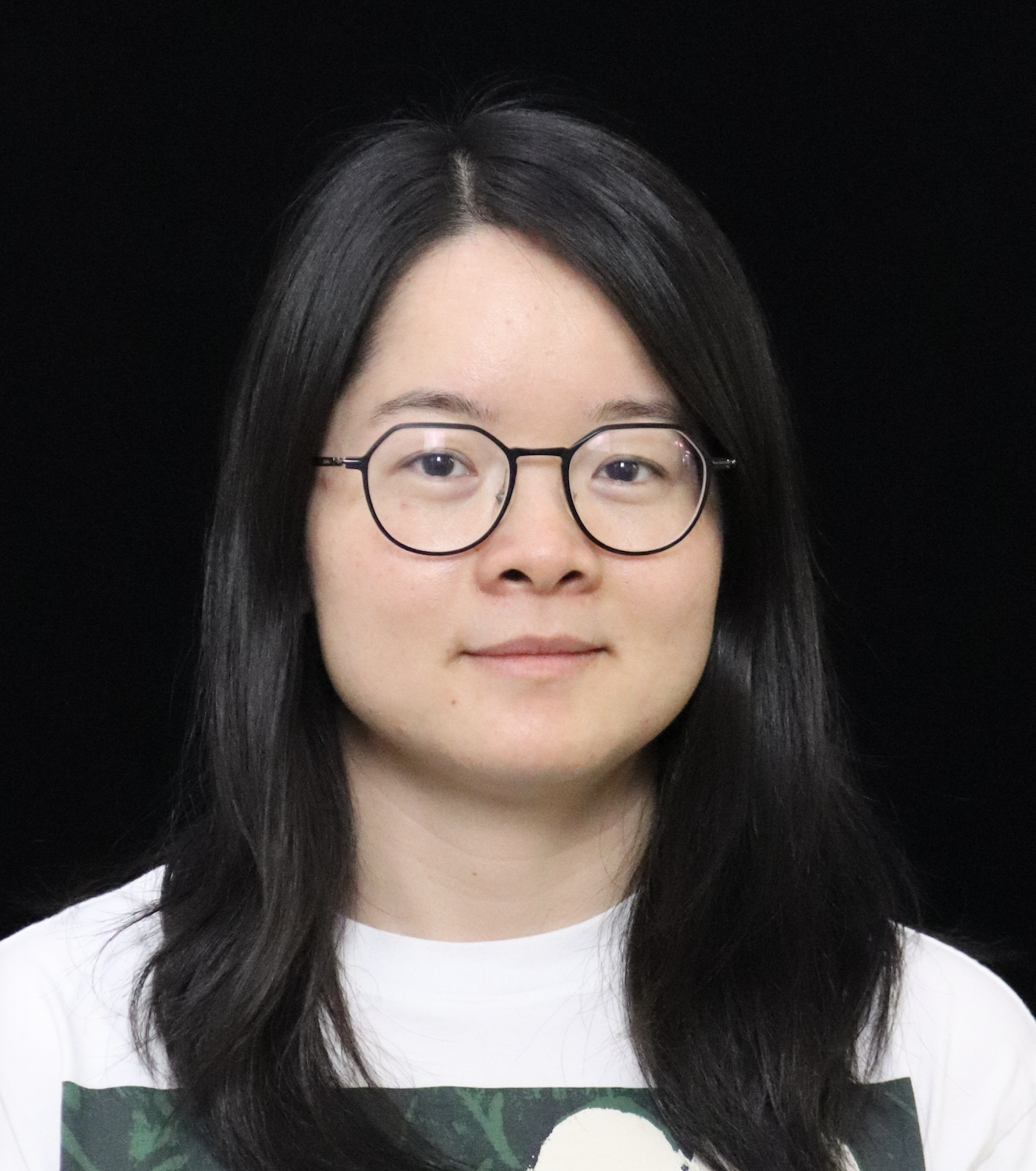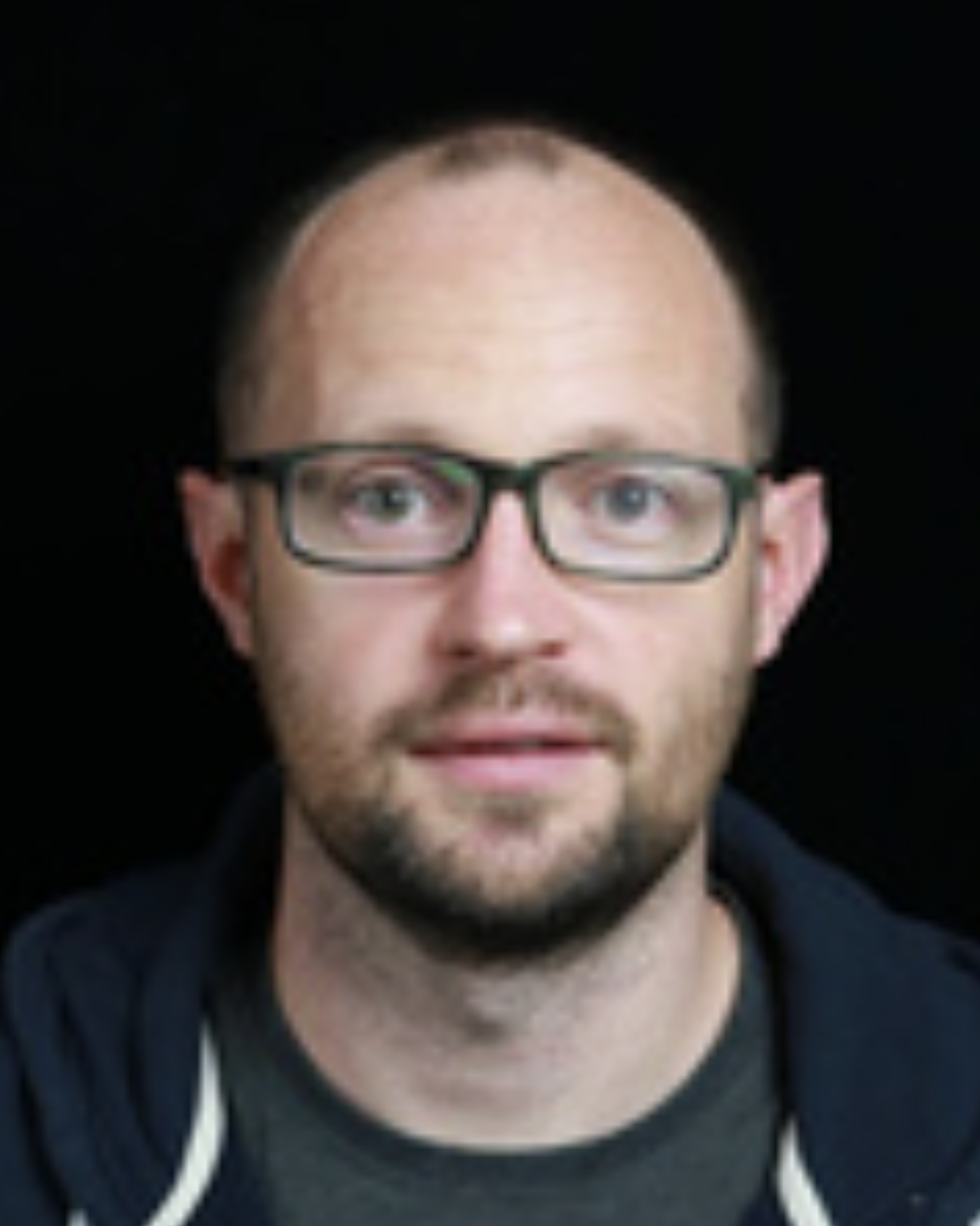Keynotes
Keynote Speaker: Ivan V. Bajić

Title: "Visual Coding for Humans and Machines"
Abstract: Visual content is increasingly being used for more than human viewing. For example, traffic video is automatically analyzed to count vehicles, detect traffic violations, estimate traffic intensity, and recognize license plates; images uploaded to social media are automatically analyzed to detect and recognize people, organize images into thematic collections, and so on; visual sensors on autonomous vehicles analyze captured signals to help the vehicle navigate, avoid obstacles, collisions, and optimize their movement. The above applications require continuous machine-based analysis of visual signals, with only occasional human viewing, which necessitates rethinking the traditional approaches for image and video compression. This talk is about coding visual information in ways that enable efficient usage by machine learning models, in addition to human viewing. We will touch upon recent rate-distortion results in this field, describe several designs for human-machine image and video coding, and briefly review related standardization efforts.
Bio: Ivan V. Bajić is a Professor of Engineering Science and co-director of the Multimedia Lab at Simon Fraser University, Canada. His research interests include signal processing and machine learning with applications to multimedia processing, compression, and collaborative intelligence. His group’s work has received several research awards, including the 2023 TCSVT Best Paper Award, conference paper awards at ICME 2012, ICIP 2019, MMSP 2022, and ISCAS 2023, and other recognitions (e.g., paper award finalist, top n%) at Asilomar, ICIP, ICME, ISBI, and CVPR. Ivan has served on the organizing and/or program committees of the main conferences in his field, and has received several awards in these roles, including Outstanding Reviewer Award (six times), Outstanding Area Chair Award, and Outstanding Service Award. He was on the editorial boards of the IEEE Transactions on Multimedia and IEEE Signal Processing Magazine, and is currently a Senior Area Editor of the IEEE Signal Processing Letters.
Keynote Speaker: Kevin Bowyer

Title: "Gray Face: Could Grayscale Be Better Than Color for Face Recognition?"
Abstract: Informally, color images may be perceived as higher quality than grayscale. All major face image datasets used by the research community contain RGB color images, and all deep CNN face matchers process color images. But, do CNN face matchers that work with color face images achieve better accuracy than equivalent matchers working with equivalent grayscale images? This talk examines this question in detail, and concludes that grayscale could in fact be better than color for deep CNN face matchers.
Bio: https://engineering.nd.edu/faculty/kevin-bowyer/
Keynote Speaker: Andrew Segall
Title: "Recent Advances in Deep Learning for Video Compression"
Abstract: The field of image and video quality is rapidly advancing due to improvements in computer vision, machine learning and neural network design. However, in many cases, these quality methods are used to evaluate data that has been compressed. And the compression of these images and video is also advancing due to the same improvements in computer vision, machine learning, and neural networks. In this talk, we survey recent developments in image and video coding with an emphasis on the use of deep learning. Both end-to-end solutions as well as enhancements to existing systems are included. Additionally, recent efforts to create data sets sampling these methods are introduced.
Bio: Andrew Segall is currently the Head of Video Coding Standards at Amazon Prime Video. Previously, he was a Director at Sharp Labs of America, where he led the Department of Systems, Algorithms and Services while simultaneously holding the position of Distinguished Scientist at Sharp Corporation. He is an active participant in the international standardization community and has developed and contributed technology to the Versatile Video Coding (VVC), High Efficiency Video Coding (HEVC), Advanced Video Coding (H.264/AVC), and ATSC 3.0 projects. He currently serves as co-chair of the Neural Network Video Coding activity in the Joint Video Experts Team (JVET) of ITU-T SG16 Question 6 and ISO/IEC JTC1/SC29/WG5, HDR Chair for the MPEG Visual Quality Assessment Advisory Group (ISO/IEC JTC1/SC29/AG5), and represents Amazon on the Alliance for Open Media (AOM) Steering Committee. He received his B.S. and M.S. degrees in electrical engineering from Oklahoma State University, and his Ph.D. degree in electrical engineering from Northwestern University.




